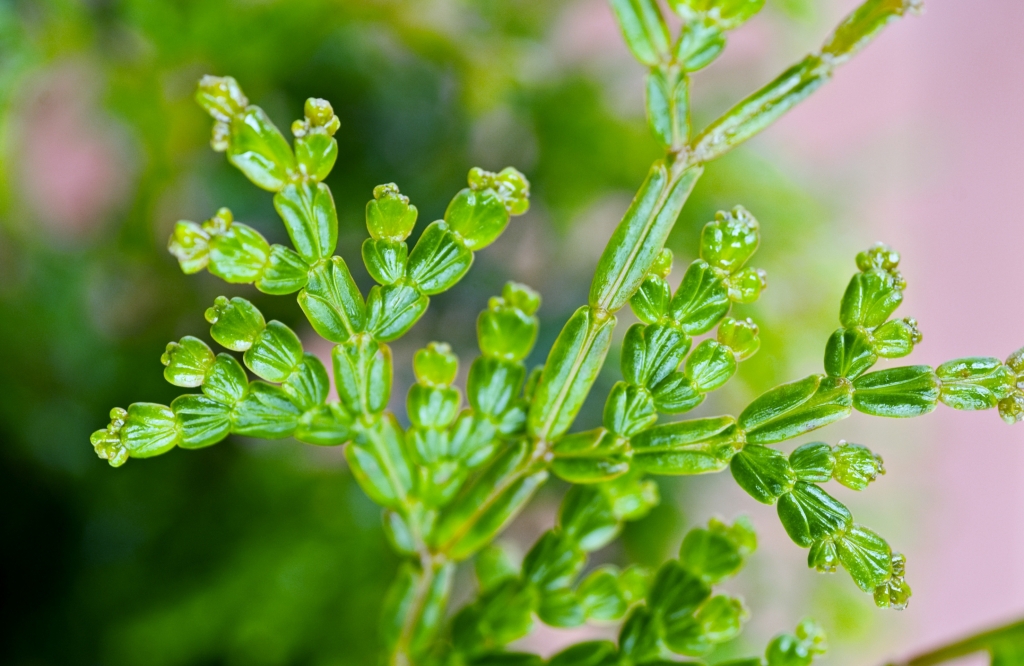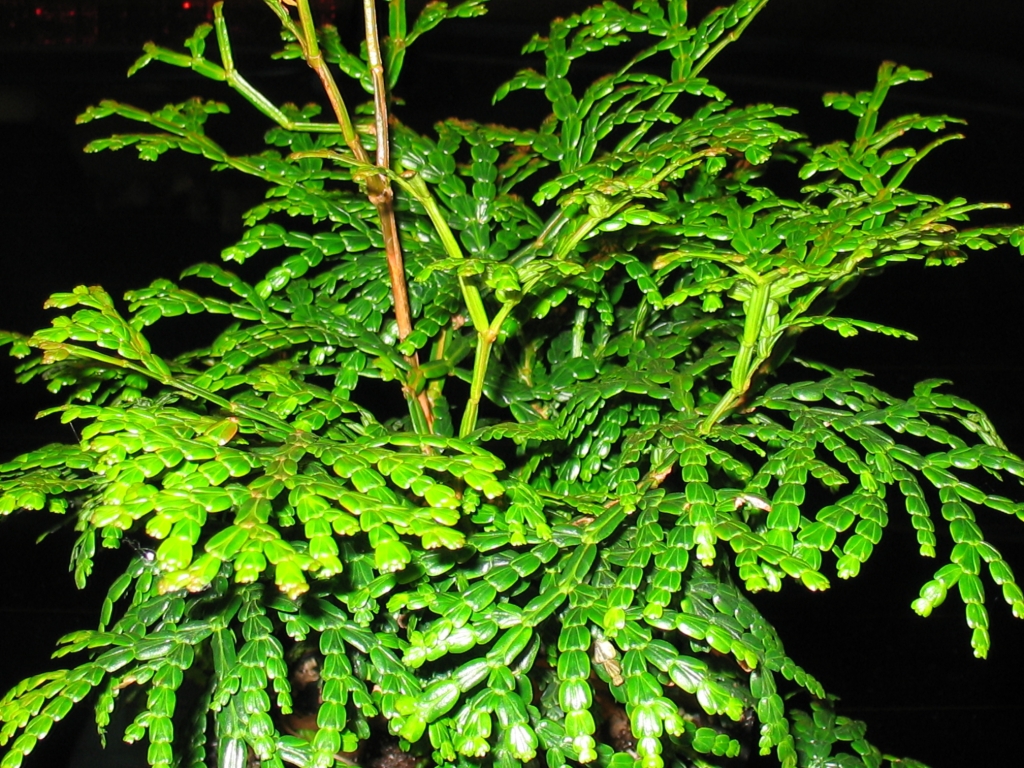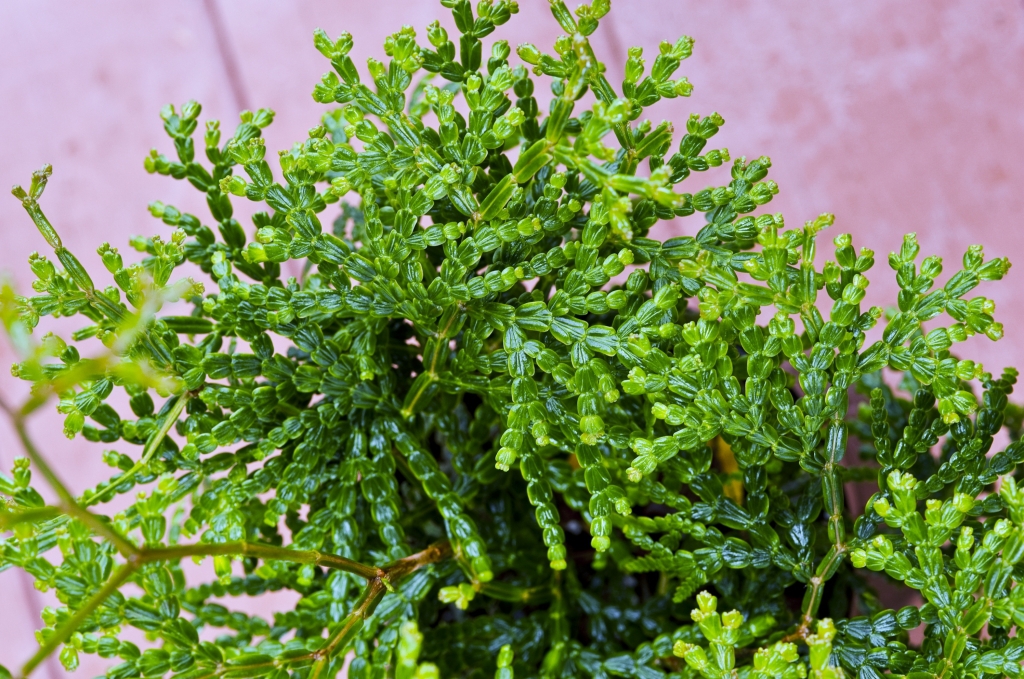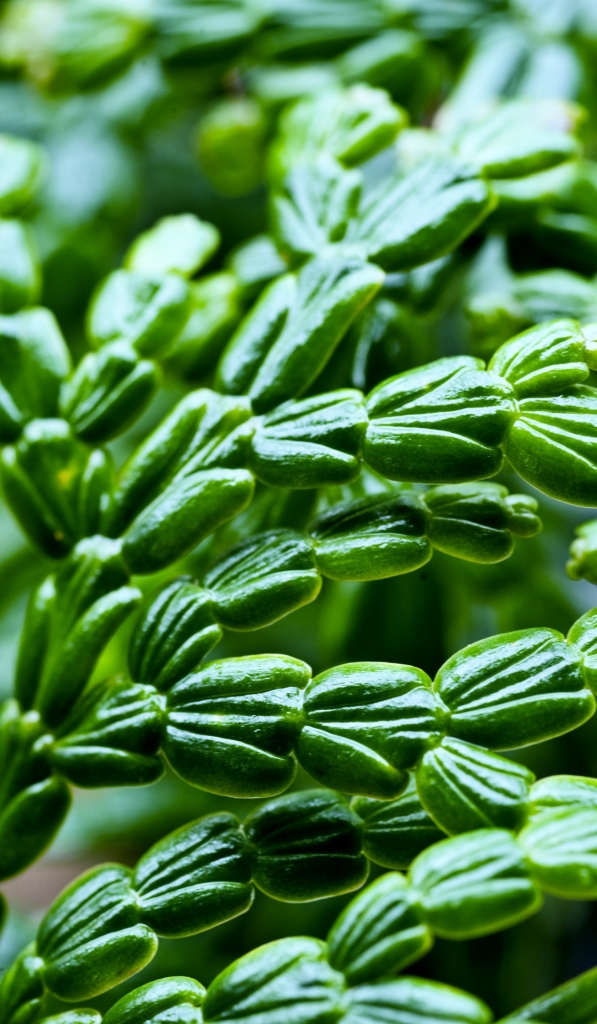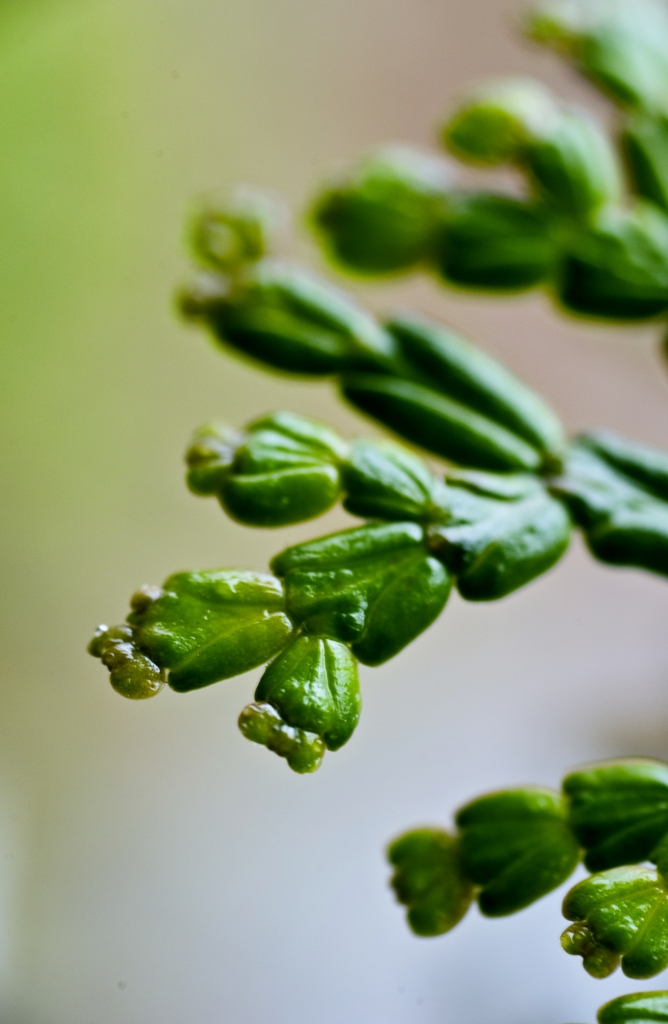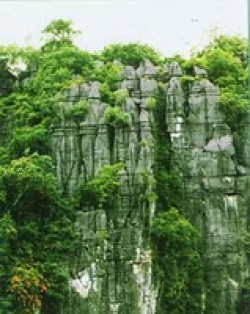
Calocedrus rupestris, one of the most recently discovered conifers, was first described in 2004 by L. Averyanov, Tient Hiep Nguyen, Van The Pham , and Ke Loc Phan. It is commonly known as Vietnam incense-cedar. The epithet "rupestris" means "rock-dwelling," referring to the limestone (karst) that it lives in within its native habitat.
Description. Vietnam incense-cedar is a monoecious, evergreen coniferous species of tree with a broadly rounded crown which will grow to a mature height of 80 feet (25 m) tall with a 40 inch (100 cm) diameter trunk at breast height. Its bark is 0.3 to 0.45 inch (8 - 12 mm), thick, gray-brown to brown, fissured, fibrous and exfoliating in longitudinal strips, with numerous large resin ducts. Branchlets are arranged in planar sprays, spreading and ascending, flattened, prominently jointed. Leaves are decussate, in whorls of 4, scale-like, broadly obtuse to obtuse at the apex with a decurrent base. Leaves are dimorphic along the branchlet: the facial pair flattened, 0.08 to 0.24 inch (2-6 mm) long by ca. 0.09 inch (2 - 2.5 mm) wide; the lateral pair is boat-shaped, 0.08 to 0.24 inch (2 - 6 mm) long by ca. 0.025 inch (0.5 - 0.75 mm) wide without glands, uniform green in color with very indistinct abaxial stomatal bands. Pollen cones appear on terminal branchlets and are solitary, cylindrical, ca. 0.22 inch (5 - 6 mm) long by ca. 0.07 inch (1.5 - 2 mm) wide, with 9 to 11 pairs of scales (the lowest 2 to 4 pairs sterile), each with 2-6 pendulous pollen sacs. Seed cones are green-brown, terminal, solitary or paired at apex of lateral branchlets, ovate, ca. 0.22 inch (5 - 6 mm) long by ca. 0.14 inch (3 - 4 mm) broad, with 4 decussate, flat scales (very rarely with 1 additional basal pair of rudimentary scales). Seeds are ovate to sub-ovoid, acute, slightly flattened, with 2 large subapical, unequal wings ca 0.18 inch (4 - 5 mm) long. Resin is abundant, bright yellow-orange, with a pine-like fragrance; timber light yellow, odorless. Pollination occurs in December-January, with seeds maturing probably in September-October.
Distribution. This species is native to Vietnam - the provinces of Bac Kan, Cao Bang, Ha Giang, Hoa Binh, Nghe An, Quang Binh, and Son La. The close proximity of some of these collections to the Chinese and Laotian borders indicates that the species may occur in those countries as well. Within the species' latitudinal and elevational range it experiences a monsoon tropical climate, with a July through October wet season and annual rainfall of 80 to 100 inches (2000 - 3000 mm). Temperature is seasonally variable with winter lows cold enough to experience occasional frosts, and summer highs around 95ºF (35°C). C. rupestris occurs exclusively on rocky limestone (karst) terrain, a habitat that has a very high level of endemism and that includes a variety of other relict conifers.
